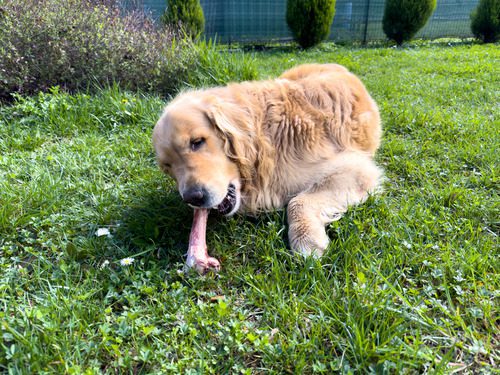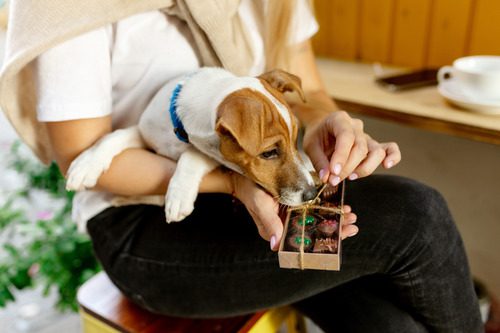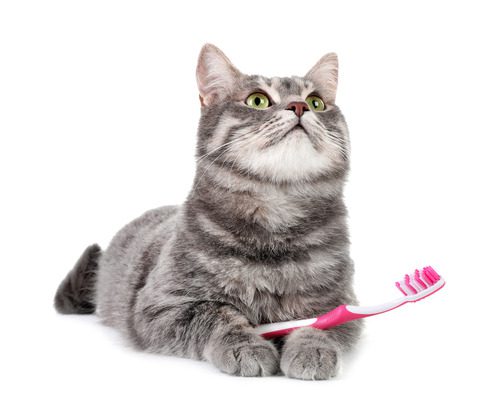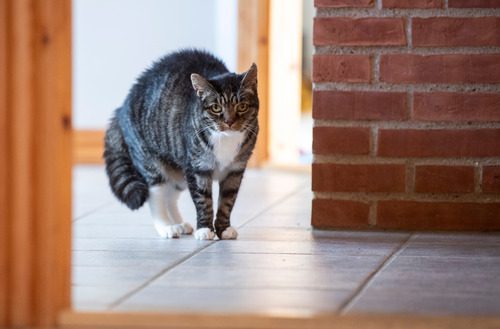Why Do Dogs Pant?
Dogs pant—it’s just part of being a dog! But if you’ve never been a dog owner before or you’re just wondering about your own pet’s behaviors and habits, you may be confused about what this panting means.
Most of the time, panting is a perfectly normal behavior for a dog. However, there are some situations in which it can be a sign of an underlying health issue. Below, we’ll walk you through some of the most common causes of panting in dogs and help you determine what could be going on with your own pet.
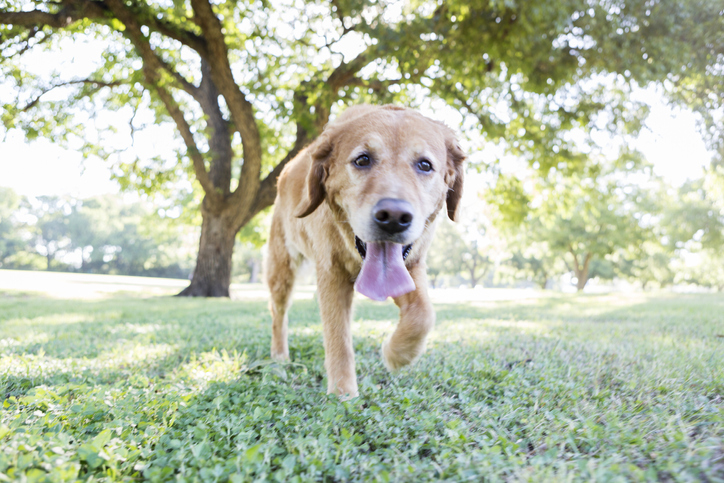
Heat and Keeping Cool
Heat is the most common cause of panting in dogs. Dogs pant as a response to heat because it helps to keep them cool. They cannot sweat like humans, so they must release moisture from their bodies through panting and drooling instead. When these behaviors occur, air passing over the mouth and gums helps to keep the dog cooler.
Panting mildly due to heat is completely normal and is nothing to worry about. Pay attention, though, and be sure your dog is not panting more than is common for them. Excessive panting may be a sign of a more concerning issue.
Pain
A dog who is in pain is likely to pant. Pain causes the heart to beat faster, which in turn leads to quicker breathing and more labored panting. Your dog may also try to soothe or cool themselves quickly if they are in pain, leading to additional panting behaviors.
If your dog is hurting and is panting as a result, this means they need to see a veterinarian right away. Even if you can’t see the cause of the pain, something is going on to make them hurt enough to pant, and it needs to be taken care of as quickly as possible.
Excitement
If your dog’s panting seems to only increase when you get home from work in the evenings or when you’re about to feed them, you can probably safely assume it is related to excitement. While some breeds of dog are more prone to panting out of excitement than others, it is possible in any dog.
Excitement panting is nothing to worry about. Your dog is safe if this is the only time they seem to pant excessively. However, pay attention to other signs and symptoms surrounding their panting to rule out any potential problems just in case.
Fear
Some dogs who are very fearful or anxious may pant when they get too upset about something. Additionally, any dog has the potential to be frightened so much that they begin panting, whether they are normally a nervous dog or not.
Panting out of fear means that your dog needs to be removed from the situation right away. Your dog may become aggressive if they are left there for too long or could become so frightened that they harm themselves or become physically sick.
Heatstroke
Heatstroke is a potentially fatal condition in which your dog becomes dangerously overheated. It most commonly occurs in dogs who are left alone in a vehicle on a mild to hot day; however, it can also happen in dogs who overexert themselves in the sun and heat.
To prevent heatstroke, never leave your dog unattended in your vehicle. If your dog is going to be spending some time outside in the heat, give them plenty of shade and cool water, and offer them chances to come inside and cool down periodically, too. If you see your dog panting more than is normal for them, bring them in out of the heat right away and watch for other symptoms.
Ingestion of a Toxic or Foreign Object
Panting that is accompanied by the inability to breathe or difficulty breathing may indicate that your dog has swallowed or inhaled a foreign object. It could also mean they ate something toxic and is experiencing the results.
In either of these situations, your dog is dealing with a medical emergency and needs vet care immediately. The sooner you respond to these problems, the more likely it will be for your dog to recover fully. Do not wait to take them to the emergency vet.
Dog Panting is Not Normally Something to Worry About
Most of the potential causes of panting behavior in dogs are normal and nothing to worry about. Even when panting is a sign of a health issue, it is typically one of the first visible signs you might notice, so you can respond quickly to the problem before it gets out of hand.
However, keep in mind that panting can rarely be a sign of a serious and life-threatening condition. Always check your dog’s other symptoms and consider the context in which they are panting. If you know or suspect that your dog is experiencing a major health crisis, go to the emergency vet right away.
Use the online form to book an appointment online to talk with a Heart + Paw veterinarian about your dog’s health at any of our locations!
Recent Posts
Can Dogs Eat Ham?
Ham is a popular meat found on many dinner tables, especially during the holidays. As a dog…
8 Signs and Symptoms of Diabetes in Dogs
Caring for a dog means being tuned in to the subtle changes that can reveal their overall…
Why Dogs Can’t Eat Chocolate and Tips for Keeping This Sweet Treat Out of Their Reach
Chocolate is a beloved indulgence for us, but for our dogs, it’s a hidden danger that can…
Why Cat Teeth Cleaning is Important For Your Pet’s Health
As a cat owner, you know how important it is to care for your feline friend’s overall…
Cat Body Language: A Guide To Understand What Your Cat is Telling You
Imagine trying to communicate without words, relying solely on subtle gestures, glances, and movements. This is how…
About Us
Heart + Paw was founded in 2018 by Chief Veterinary Officer Dr. George Melillo, who currently serves the Mid-Atlantic area. Heart + Paw offers a combination of veterinary care, pet grooming, and dog daycare to help be a resource in your pet parenthood journey.
We'd Love to Meet Your Four-Legged Friends
Find out how the friendly veterinary team at your local Heart + Paw can help your pets live longer, healthier lives by searching for a location near you.

